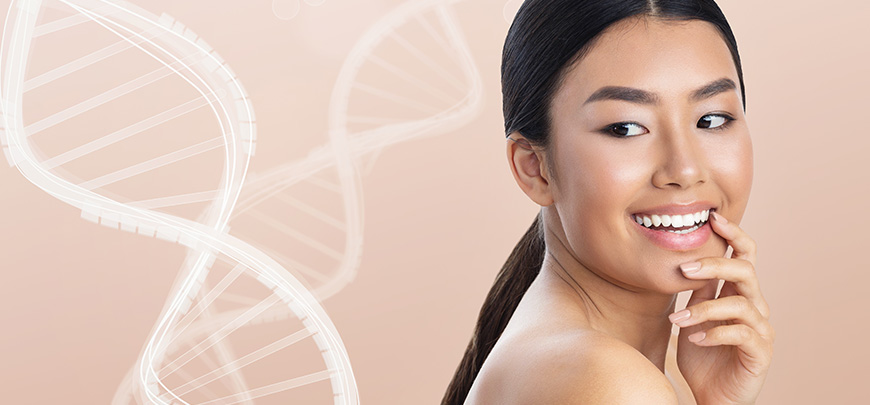Stem Cell Rejuvenation

Stem cells are the body’s natural building blocks. Stem cells start as “generic” but then can be transformed in specialized cells or new stem cells. This can be done in a lab or in the body. The generated cells are called daughter cells. These daughter cells can become new stem cells or specialized cells that have a specific function such as brain cells, cardiac cells, nerve cells, liver cells, or bone and ligament cells to mention just a few.
Therapy:
Stem Cell Therapy is the practice of using these unique cells to promote repair of diseased, damaged or dysfunctional tissue. In a real sense, it can be likened to organ transplants, except this is done at the cellular level instead of the organ level. Stem cell therapy can be used to replace damaged cells in joints as an example, as a possibly alternative to joint replacement. Stem cells often can improve and reduce pain for patients that experience ligament injuries, or tendon tears. Patients with “golfer’s or tennis elbow can also benefit from this treatment. Stem Cells can also be used for encouraging hair growth in areas that are starting to recede. They can also be used for fine lines and wrinkles on the face and filling areas of the face neck and hands.
Canididates:
The ideal candidates for stem cell therapy are those patients who suffer from breakdown in soft tissue. Back pain or chronic knee pain that’s bad enough to affect a person’s ability to walk, stand or exercise are examples of patients who may benefit from this type of treatment. Stem Cell Therapy may also be an option for those patients who want to avoid knee or hip replacement surgery. These types of surgeries are invasive procedures that require lengthy hospital stays, extended physical therapy, and risk of complications from surgery such as infections. It can also be used for skin that has been over radiated, poor texture, or in need of volume in areas of the face neck and hands.
Treatment:
Stem Cells are administered according to the area of the body that is being targeted for treatment. In the case of tissue damage to joints or muscles, the physician would inject the stem cells directly into the area. This is very safe and does not require anesthesia.
FAQ
Typical examples of joint and soft tissue that can be treated with stem cell therapy are knees, shoulders, wrists, ankles, hands, feet, hips, elbows, tendons and tendonitis. Also, for face neck and hands where volume has been lost due to facial aging and poor skin tone or fat volume.
Stem cell therapy is relatively painless and a treatment can last for a year or longer. The injected cells will continue to generate new “repair” cells in the affected area but the affect is not immediate as it takes time for the cells to rebuild the target tissue.

